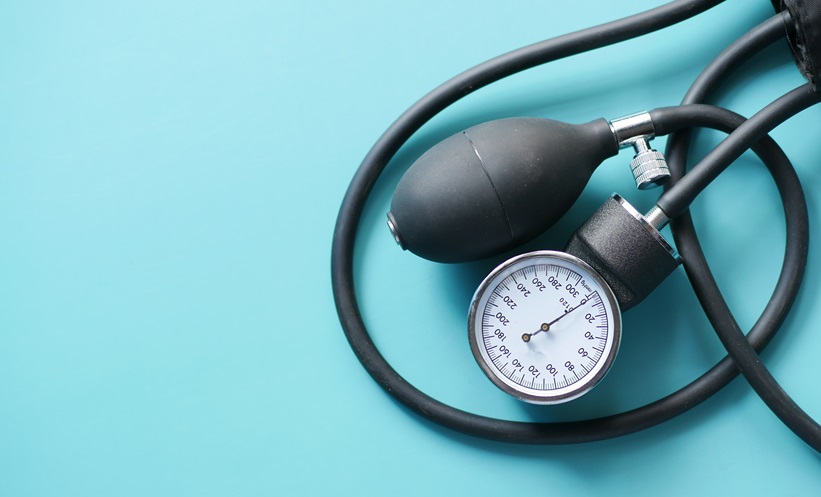SELF-ADMINISTERED etripamil, an intranasal calcium channel blocker, significantly reduces emergency department (ED) visits for paroxysmal supraventricular tachycardia (PSVT) by 39% compared to placebo, according to a pooled analysis of the NODE-301 and RAPID randomised clinical trials involving 340 patients.
PSVT, characterised by sudden rapid heart rates, often requires urgent medical intervention, with current oral therapies limited by delayed efficacy and safety concerns. This secondary analysis evaluated whether self-administered etripamil—a fast-acting nasal spray designed for unsupervised use—could reduce ED visits by terminating PSVT episodes at home. The NODE-301 and RAPID trials recruited patients with atrioventricular-nodal-dependent PSVT, randomising them to etripamil 70 mg or placebo. Participants self-administered the drug during episodes, with RAPID allowing a repeat dose if symptoms persisted. Vagal manoeuvres were attempted first but succeeded in only 4.6% of cases.
In the pooled cohort, 57.8% of etripamil users achieved PSVT termination within 30 minutes versus 32.1% on placebo (P<0.001). ED visits within 24 hours occurred in 13.6% of etripamil recipients compared to 22.4% with placebo, yielding an 8.8% absolute risk reduction and 39% relative risk reduction (RR=0.61, 95% CI 0.38–0.97; P=0.04). Additional medical interventions (e.g., intravenous adenosine) were needed for 14.6% of etripamil patients versus 25.4% on placebo (P=0.01). Adverse events were mild, primarily nasal discomfort, with no serious drug-related incidents.
These findings support etripamil’s role in reducing healthcare burdens by enabling patients to manage PSVT episodes at home. Clinicians should consider prescribing etripamil for eligible patients, particularly those with frequent episodes, to minimise ED reliance and associated costs. Future research should explore long-term outcomes and cost-effectiveness in broader populations, ensuring equitable access to this patient-centred treatment.
Reference
Pokorney SD et al. Self-administered etripamil and emergency department visits in supraventricular tachycardia: a secondary analysis of a randomized clinical trial. JAMA Cardiol. 2025;DOI:10.1001/jamacardio.2025.0417.







